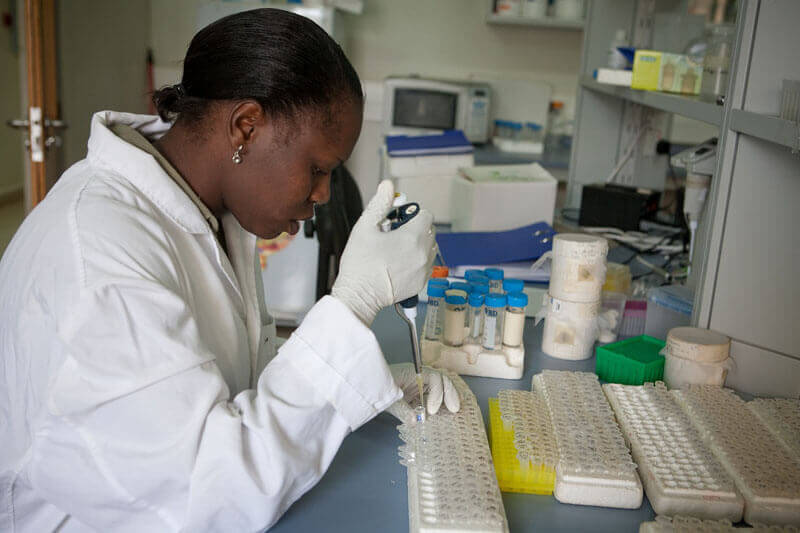Kim LufkinGHTC
Kim Lufkin is a communications officer at GHTC.
In a notable move for global health research efforts, Australia this week announced funding for four groups developing new drugs, vaccines, and diagnostics for malaria and tuberculosis (TB). The funding was provided by the Australian Agency for International Development (AusAID) under the Medical Research Strategy, which outlines how Australia will invest in medical research and development (R&D) to improve health in the Asia Pacific region.
The AUD$10 million in funding went to four product development partnerships (PDPs)—Aeras, the Foundation for Innovative New Diagnostics, the Medicines for Malaria Venture, and TB Alliance. This new funding marks the first time that Australia has invested in PDPs, a noteworthy step that illustrates Australia’s changing global health and international development strategy.

According to Nick Chapman, senior analyst at the Australian global health group Policy Cures, the AusAID funding represents the country’s growing recognition that product development is a key element of global health programming. He adds that the investment in four global PDPs marks a changing strategy for how Australia funds health research. “This is the first time Australia is committing to funding best-in-world research—not just domestic academic researchers—and also is a significant boost to its product development funding, as Australian investment has traditionally been very skewed to basic research,” he said, adding, “We hope that an expanded Medical Research Strategy will help form part of a more rational funding landscape for global health R&D in Australia. The key challenge in the short term is ensuring that its future is secure under what is likely to be a new government come September.”
This new funding from Australia could also have significant implications for global health R&D funding on a broader scale. Australia emerged from the global recession with a “relatively healthy economy and with a growing aid budget,” Chapman noted. Therefore, the country is “actually very well placed to increase its funding for global health R&D.” Additionally, Australia is one of only a few governments in recent years to fund PDPs for the first time. This is significant, as funding from other governments, such as the United States, for global health and product development programs is increasingly at risk.
"AusAID should be congratulated for its commitment to funding best-in-world research, and for playing an important role in increasing Australia's investment in product development,” Chapman said. “We hope that amount of funding available under the Medical Research Strategy continues to increase so that its impact can be fully realized."
This week also saw new funding for PDPs from the United Kingdom through its Department for International Development—more welcome news for global health research and innovation. It is critical that other governments follow the example set by Australia and the United Kingdom and increase their support for global health product development—a particularly important message for the US Congress when it returns next month to continue debating the fiscal year 2014 budget.
Kim Lufkin is the GHTC’s communications officer.